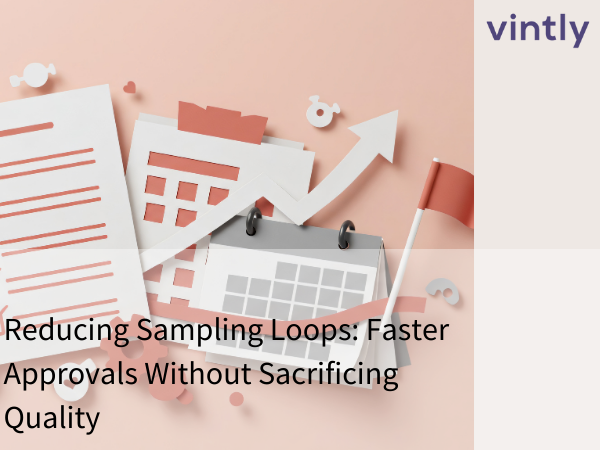How to Build a Resilient Fashion Supply Chain in 2025
In 2025, fashion brands are navigating a landscape of uncertainties—pandemic aftershocks, geopolitical shifts, rising costs, and sustainability demands. In such a world, supply chain resilience isn't a bonus—it's essential. Resilience isn’t just surviving disruptions—it’s adapting, learning, and growing stronger.
What Resilience Means in Fashion
A resilient supply chain is one that can quickly pivot when faced with unexpected challenges—whether that’s a factory shutdown, a shipping crisis, or sudden demand changes. It keeps quality, delivery, and margins intact.
A recent Business of Fashion (BoF) report emphasizes that fashion brands are diversifying sourcing, embracing nearshoring, and rewiring their supply strategies to withstand disruptions while gaining agility and sustainability.
Four Pillars of Resilience
1. Diversified Sourcing
Relying on a single region is risky. Resilient brands mix core suppliers with strategic regional alternatives—balancing cost with contingency. Multi-source strategies also help reduce dependency on any one hub.
2. Data-Powered Visibility
By using digital tools—dashboards, real-time tracking, AI forecasting—brands gain insight into production, lead times, and risks. Visibility allows faster response when things go off plan.
3. Strong Supplier Relationships
Resilience means collaborative relationships. Shared scorecards, open communication, and transparent goal-setting help partners react as one team—not in silos.
4. Sustainability as Risk Management
Ethical sourcing isn’t just good for reputation—it’s a safeguard. Brands that track emissions, enforce labor standards, and embrace circular models set themselves up to withstand shocks—not be blindsided by them.
Why It Matters
Today’s disruptions are no longer one-offs. They’re systemic. Resilience helps brands:
- Avoid costly delays
- Keep sample lines and seasonal launches on track
- Build trust with retailers
- Meet sustainability benchmarks — before becoming mandatory
BoF's 2025 overview shows that brands investing in agile sourcing are gaining increased speed and lower risk, even while gaining a more sustainable footprint.
Final Thoughts
Building resilience is more than backup planning—it’s a total mindset shift. It blends smart tech, strong partnerships, diversified supply, and a sustainability-first approach. Brands that build this now won’t just survive disruptions—they’ll thrive afterward.
In the fast-paced world of fashion, resilience isn't optional. It's essential.
.png)


